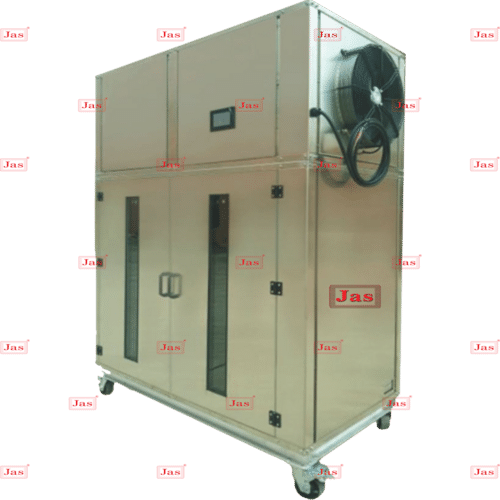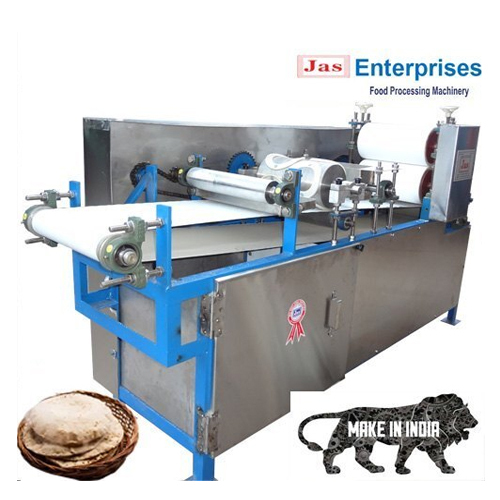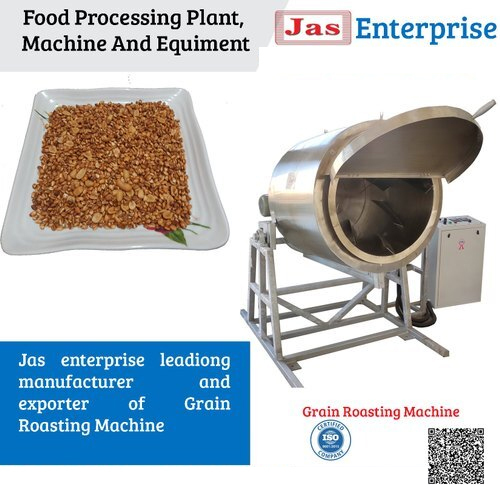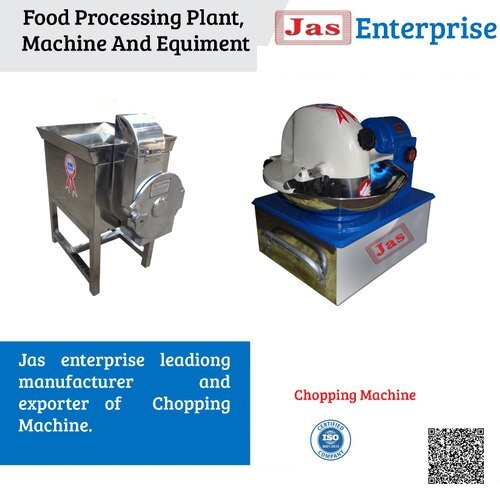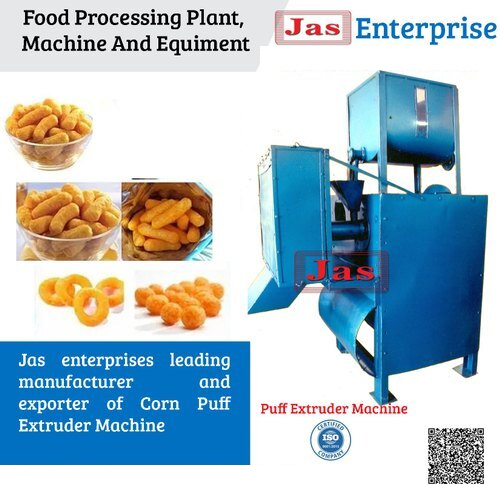Sawdust Dryer Machine
390000 आईएनआर/Unit
उत्पाद विवरण:
- क्षमता किलो/घंटा
- ऑटोमेटिक
- वोल्टेज वोल्ट (v)
- फ़ीचर
- अधिक देखने के लिए क्लिक करें
X
मूल्य और मात्रा
- 1
उत्पाद की विशेषताएं
- किलो/घंटा
- वोल्ट (v)
व्यापार सूचना
- ISO
उत्पाद वर्णन
Types of Sawdust Dryers:
-
Rotary Drum Dryer:
- How It Works: A rotating drum tumbles the sawdust while hot air is blown through it. This method is efficient for large quantities and is suitable for continuous operation.
- Pros: High capacity, efficient drying, and can handle varying sizes of sawdust.
- Cons: Requires significant space and energy.
-
Airflow Dryer:
- How It Works: Hot air is passed through a stream of sawdust. This type is often used for smaller quantities and can be more compact.
- Pros: Compact size and lower energy consumption.
- Cons: Less efficient for large volumes and may require more frequent maintenance.
-
Flash Dryer:
- How It Works: Sawdust is suspended in a hot air stream and dried rapidly. This is ideal for fine sawdust and smaller volumes.
- Pros: Fast drying time and compact design.
- Cons: Can be more complex and expensive.
-
Belt Dryer:
- How It Works: Sawdust moves along a conveyor belt while hot air is circulated around it. This method is suited for continuous drying and is often used for larger volumes.
- Pros: Continuous operation and efficient for large quantities.
- Cons: Higher initial cost and requires more space.
Key Features to Consider:
- Capacity: Choose a machine based on the volume of sawdust you need to dry.
- Energy Efficiency: Look for machines that use energy efficiently to reduce operating costs.
- Temperature Control: Precise temperature control helps prevent overheating and preserves the quality of the sawdust.
- Maintenance: Consider the ease of maintenance and availability of replacement parts.
Tell us about your requirement

Price: Â
Quantity
Select Unit
- 50
- 100
- 200
- 250
- 500
- 1000+
Additional detail
मोबाइल number
Email

